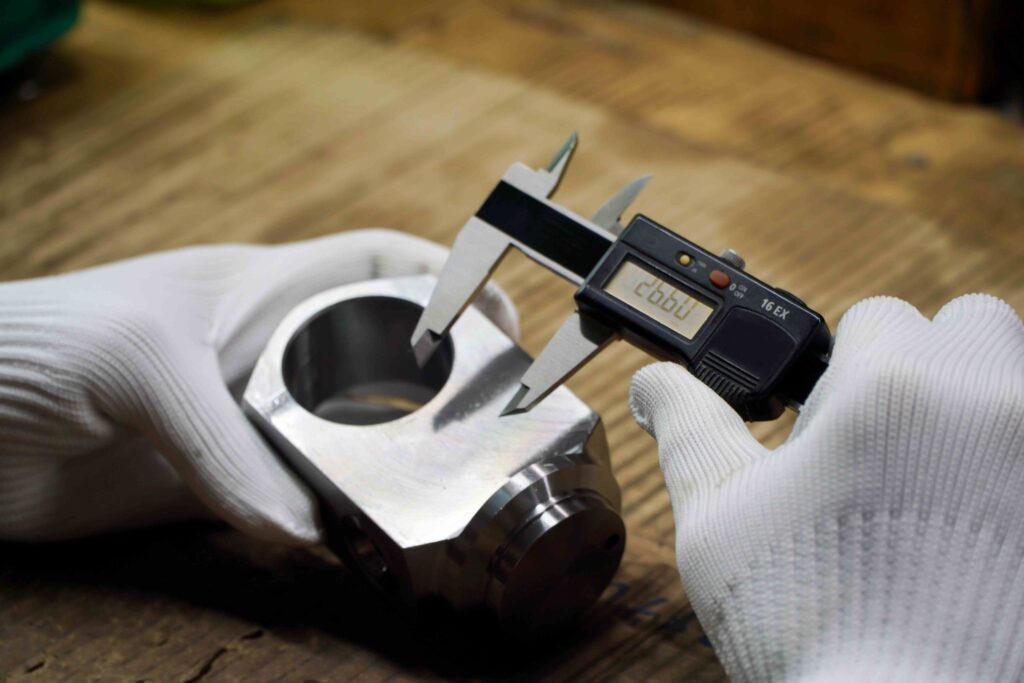In CNC machining, one of the areas that requires very high repeatability and control is hole making operations.
These are processes that combine requirements for dimensional accuracy, tool stability, and proper planning of the sequence of operations. Only their correct combination allows you to obtain a hole with parameters consistent with the design assumptions.
At SIM Gdynia, we perform hole machining in steel, cast iron, and aluminum alloys on a daily basis, both in prototypes and in series production.
Each of these materials requires a different approach, and the choice between drilling, reaming, and boring always depends on the specifics of the part and the expected accuracy.
In the rest of this article, we discuss how the CNC hole machining process is planned and carried out in practice, and what techniques we use to maintain the required dimensions, axiality, and surface quality.
Table of Contents
Why are holes so critical in CNC machining?
Holes are the element that transfers the function from the design to the actual part. In typical machine components, they are used for:

- Bearing shafts and axles,
- positioning with pins and bushings,
- making screw connections,
- conducting media (oil, coolant, air).
Each of these functions will have different requirements for tolerance, roughness, and concentricity.
A hole for a standard screw may have a “workshop” tolerance, but a seat for a rolling bearing in a gearbox housing requires a specific fit with a tolerance of several to a dozen or so micrometers.
This is why CNC machining of holes rarely ends with drilling alone.
Drilling, reaming, boring – what is each responsible for?
In simple terms, we can say that:
- Drilling creates a “base” hole,
- boring corrects its path and geometry,
- reaming finalizes the dimensions and roughness.
Drilling provides sufficient accuracy for most mounting holes. When precise fits are required, the process is extended with additional steps: after drilling, the hole is reamed to correct the direction, and the final dimension is achieved by boring.
Reaming is particularly important where several holes must maintain mutual geometry or where the hole serves a positioning function – it allows errors made during drilling to be removed and prepares the hole for accurate finishing.
Reaming – a stable way to achieve accurate dimensions
Effective reaming requires leaving the correct allowance after drilling.
Too little allowance prevents cutting, and too much causes vibration and deterioration of surface quality. The correct value depends on the diameter and material, so it is selected according to the tool manufacturer’s recommendations.
The operating parameters of a reamer differ from those of a drill. The speed is lower and the feed rate is higher, which improves surface uniformity and process stability.
For deep holes or difficult-to-machine materials, internally cooled reamers are used, which provide better heat dissipation and longer tool life.
Boring – precise geometry correction
Boring is used where drilling alone does not guarantee axiality or correct hole geometry.
It allows the hole path to be corrected and prepared for further finishing. We use them, among other things, for bearing seats, axial holes, and systems where several holes must maintain a precise mutual position.
Boring heads allow for precise diameter adjustment, which makes it easier to maintain tolerances even in more demanding applications.
Fits and tolerances – how to combine ISO fits with the realities of CNC machining
The ISO fit system with a hole base (e.g., H7, H8) is standard in the design of machine components.
For diameters in the range of 10–50 mm, the H7 tolerance is usually several to a dozen micrometers – a level that cannot be achieved consistently by drilling alone.
At SIM Gdynia, we apply a simple rule – if a hole has a critical fit, we plan an additional reaming or boring operation.
This gives the designer the certainty that their fit will be reflected in the actual part, and us the certainty that the CNC machining process is stable and predictable.

Summary
Precise hole machining requires a well-planned sequence of operations and a conscious selection of tools. In practice, the most important factors are the quality of the first pass, geometry control at the boring stage, and the repeatability of dimensions achieved by reaming.
We most often analyze:
- The functional requirements of the hole and the associated tolerances
- The anticipated chain of operations and tool availability
- The method of measurement and process stability control
At SIM Gdynia, we combine these elements into a single coherent technological process, thanks to which we are able to maintain both the dimensions and geometry of the holes within the required tolerances – regardless of the material, series, or complexity of the component.
